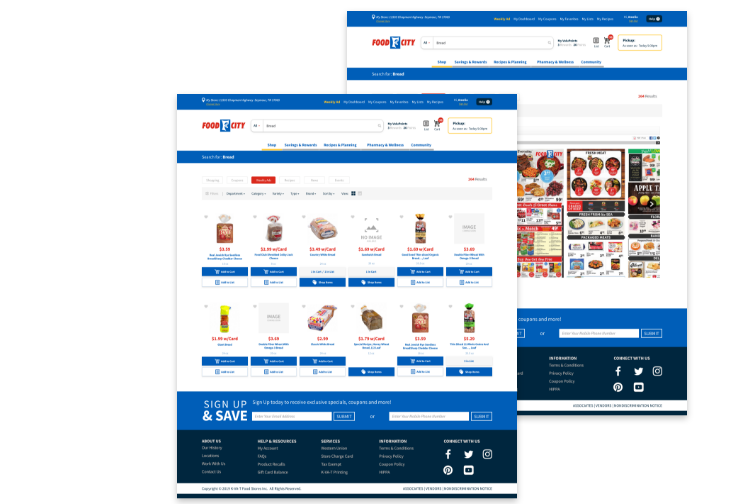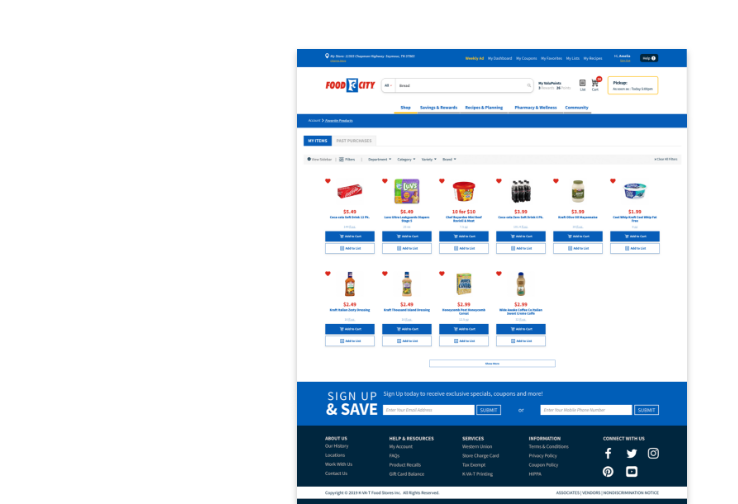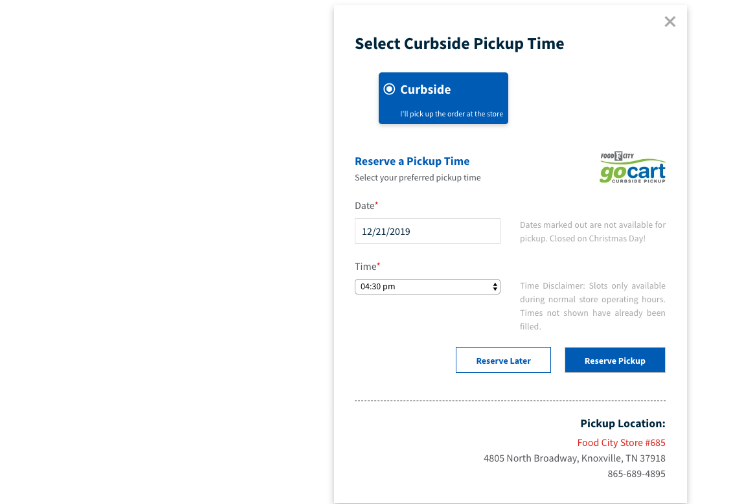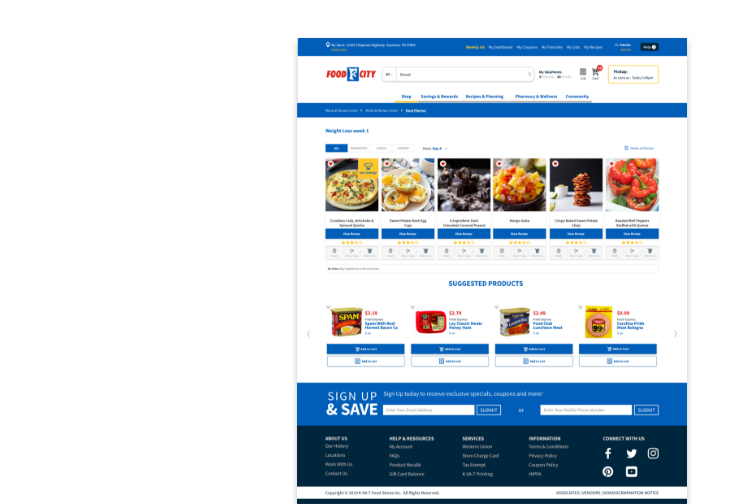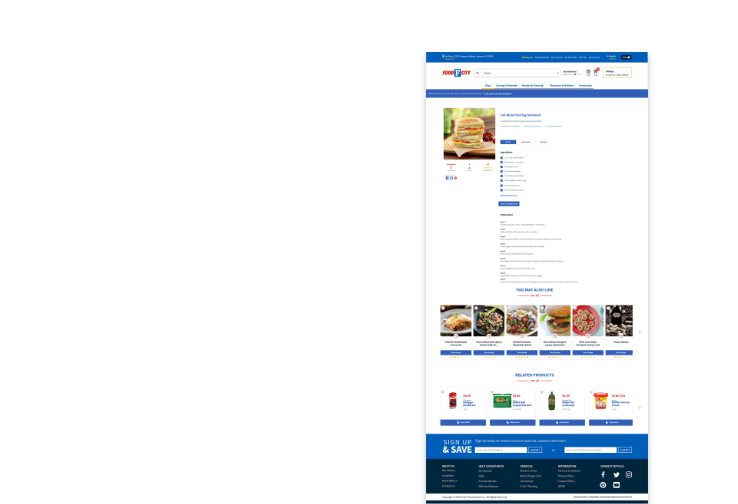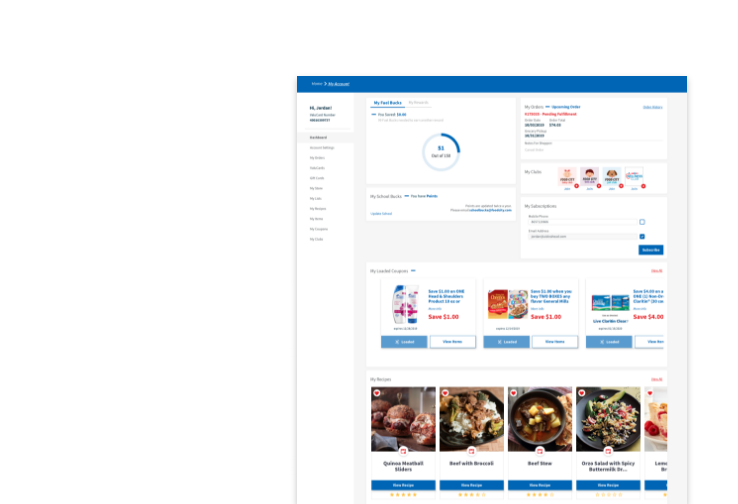
Wellness Club — Keep Your Lunches Safe
Abingdon, VA. -
Monday, Apr 1, 2019.
written by Elizabeth Hall, MS, RDN, LDN, Food City Registered Dietitian
If you pack a lunch for work or school, do you think about food safety? Half of Americans admit that they often leave their lunch boxes out of the refrigerator even though they include perishable foods. If you throw your lunch in a non-insulated bag without an ice pack and leave it out of refrigeration for more than one to two hours, your food is at risk of being contaminated with microorganisms. As the weather gets warmer, the risk of foodborne illness gets higher, making it very important to refrigerate promptly. Follow these tips to keep your lunches safe:
1. Get a good lunch box
Once you make your lunch, the one to two-hour countdown starts, so investing in a good insulated lunch box keeps your food outside of the temperature danger zone. The temperature danger zone is 41 to 135 degrees Fahrenheit, and within this range, bacteria is more likely to grow. An insulated lunchbox with ice packs can keep your lunch less than 41 degrees, keeping it safer longer. When you get to work or school, stick the entire bag in the refrigerator if possible. Instruct your children to do the same! When you get home, clean your lunchbox thoroughly with hot soapy water or sanitizing solution.
2. Heat and store foods properly
If you pack a frozen meal for lunch, avoid defrosting it as frozen meals are not meant to be defrosted then cooked. Instead, cook it straight from frozen in the microwave or oven. Remember to always heat foods to greater than 165 degrees in the microwave. If you have leftovers, seal them up properly and get them back in the refrigerator as soon as possible.
3. Pack shelf stable foods
If you don’t have access to a refrigerator or an insulated lunchbox with ice packs, pack shelf stable foods. You can still create a balanced meal by including all of the food groups such as fresh fruit that doesn’t have to be refrigerated like apples, oranges, or bananas, freeze-dried vegetables, whole grain crackers or bread, nuts, nut butters or seeds, shelf-stable milk, and granola bars.

